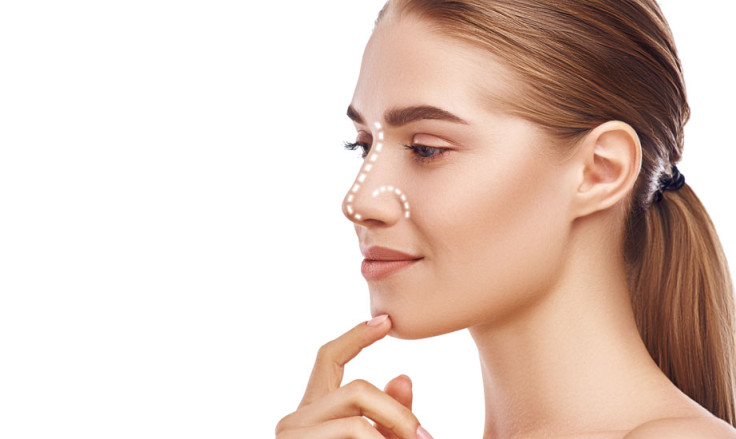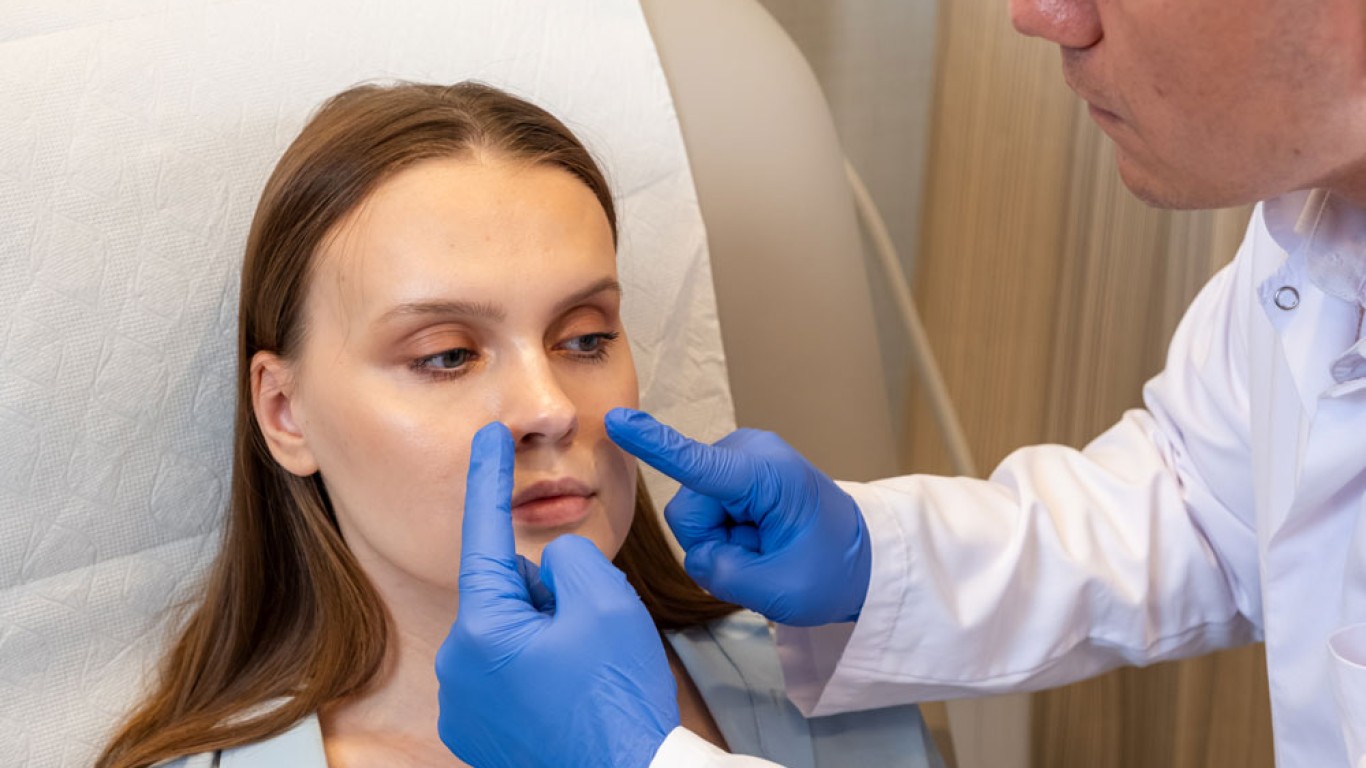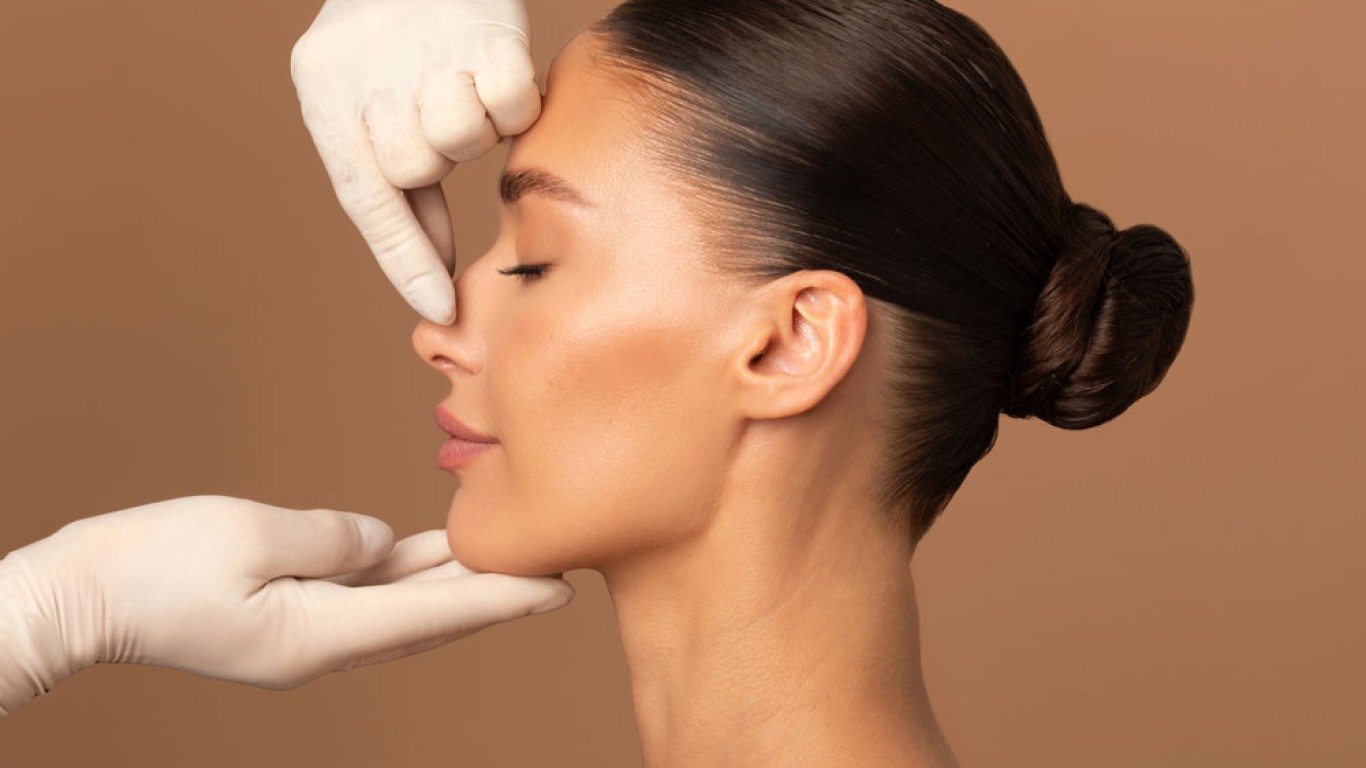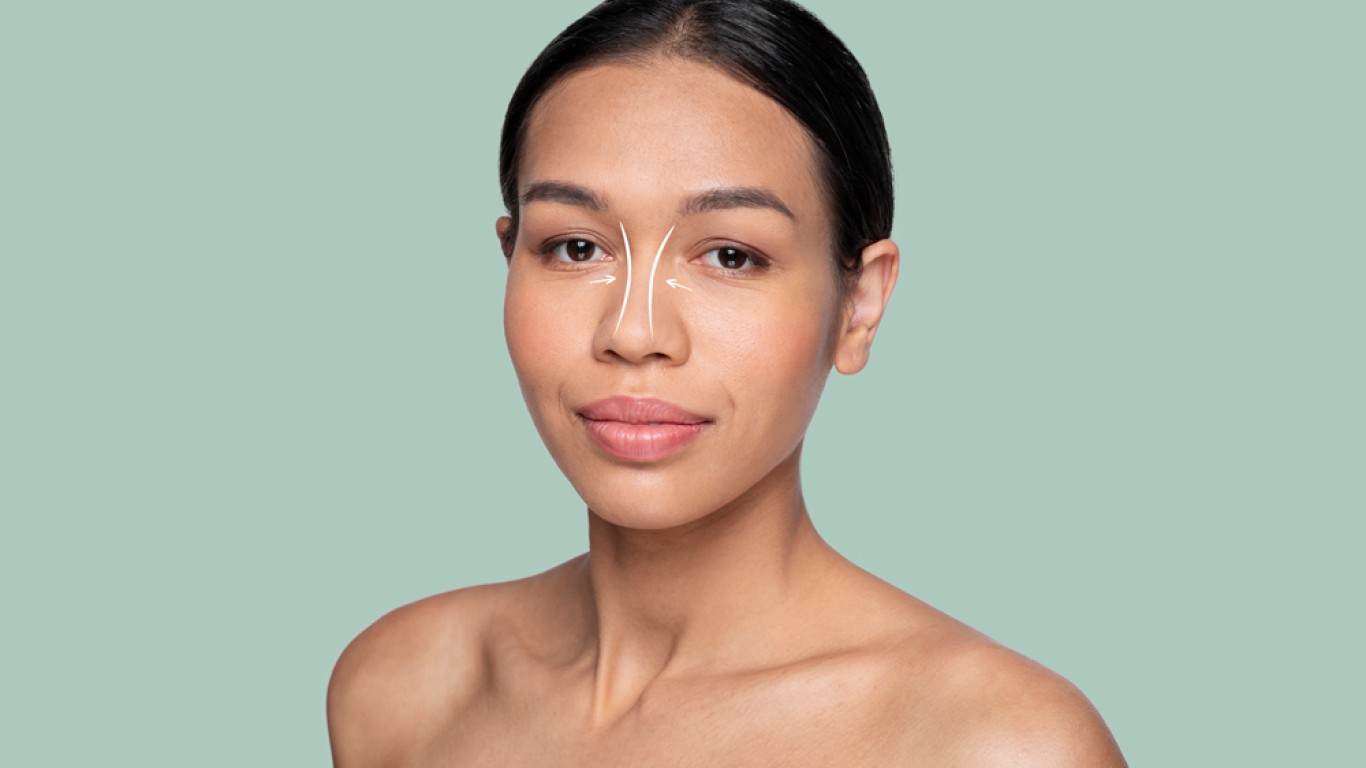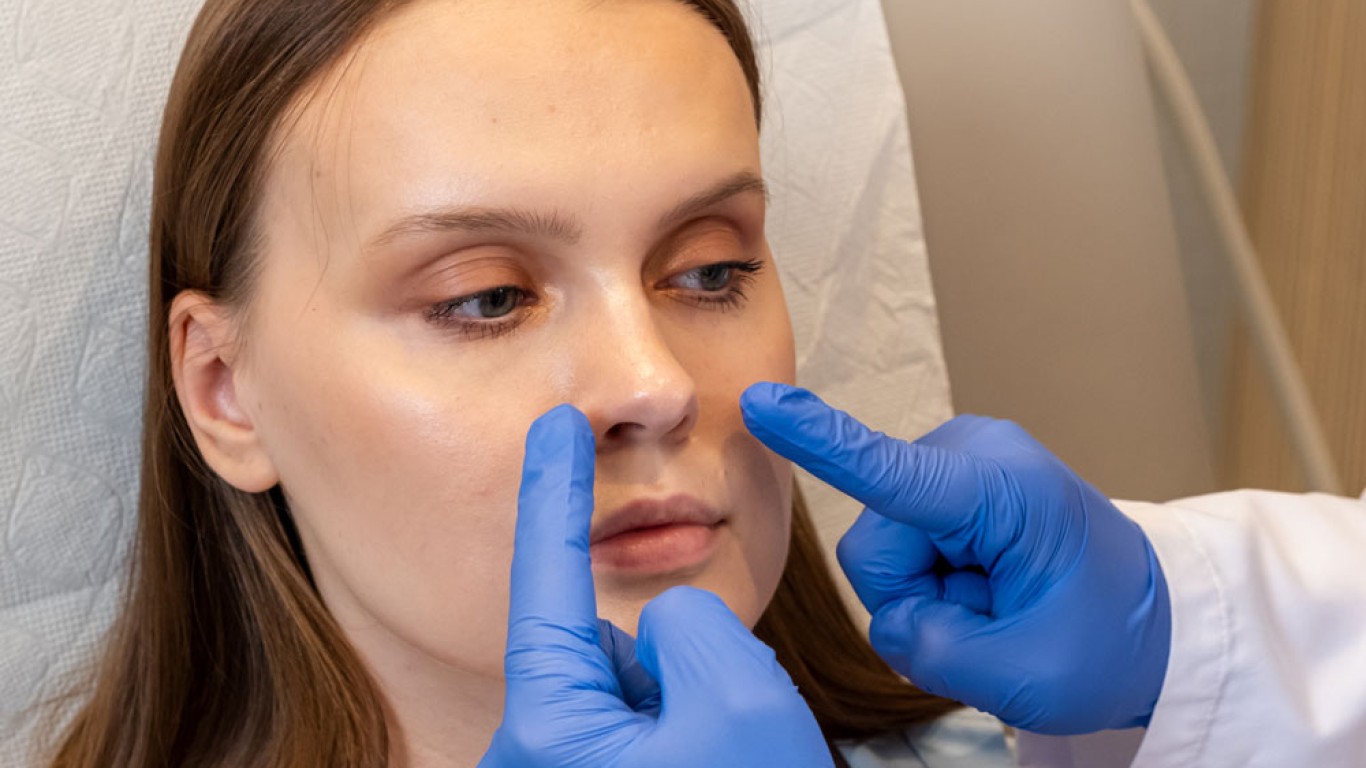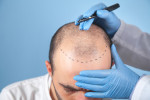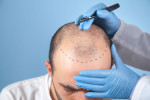Rhinoplasty remains one of the most precise and transformative cosmetic surgeries worldwide. However, not all procedures are the same. Asian Rhinoplasty and Revision Rhinoplasty each address specific needs and goals. Understanding their differences helps patients make informed decisions and achieve natural, satisfying results.
What Is Asian Rhinoplasty?
Asian Rhinoplasty is a tailored surgical approach designed to enhance nasal shape. At the same time, it respects unique Asian features. It focuses on balance, structure, and harmony rather than Western aesthetic ideals.
Many Asian patients seek improved bridge height or tip definition. Because of this, the procedure often involves augmentation rather than reduction. Moreover, it uses specialised materials such as cartilage grafts or biocompatible implants. These help to achieve lasting, natural results.
Ultimately, Asian Rhinoplasty aims to refine proportions and highlight natural beauty without compromising ethnic identity.
What Is Revision Rhinoplasty?
Revision Rhinoplasty is also known as secondary rhinoplasty. It corrects or refines results from a previous nose surgery. It is typically performed when a patient experiences aesthetic dissatisfaction. Alternatively, it is sometimes chosen when a patient has experienced functional issues after their procedure.
The surgery can address problems like asymmetry, breathing difficulties or structural collapse. Moreover, it requires advanced skill, as scar tissue and altered anatomy make it more complex.
Revision Rhinoplasty’s goal is to restore appearance and nasal function while maintaining a natural look. Therefore, it demands precision, experience and a deep understanding of facial structure.
Key Differences Between Asian and Revision Rhinoplasty
The main distinction between Asian Rhinoplasty and Revision Rhinoplasty lies in their purpose and approach. Asian Rhinoplasty focuses on enhancing natural features through augmentation and refinement. Revision Rhinoplasty, conversely, seeks to correct previous surgical outcomes.
Asian procedures usually involve building up the bridge, defining the tip and maintaining balance. Revision surgeries often involve rebuilding structures, removing scar tissue, or adjusting previous grafts.
Moreover, the complexity of revision work typically requires longer surgical planning and recovery. In contrast, Asian Rhinoplasty is often a patient’s first procedure, emphasising artistry and proportional enhancement.
Techniques Used in Asian Rhinoplasty
Asian Rhinoplasty uses distinct techniques tailored to common anatomical traits. For instance, surgeons often focus on creating definition while maintaining smooth, natural contours.
Autologous cartilage grafts, taken from the ear or rib, are frequently used for structural support. Alternatively, silicone or Gore-Tex implants can help enhance bridge height.
Precision and subtlety are vital. The goal is not transformation but refinement. Elevating the nasal bridge, narrowing the tip or improving symmetry are all goals. Additionally, many surgeons now use ultrasonic tools to reduce trauma and improve accuracy.

Techniques Used in Revision Rhinoplasty
Revision Rhinoplasty demands intricate techniques because the nasal tissues have already been altered. Surgeons often need to rebuild structural support using cartilage from the septum, ear, or ribs.
Careful reshaping of the tip, bridge and internal passages ensures aesthetic and functional correction. Modern technology - such as 3D imaging - allows surgeons to plan each step with exceptional precision.
Because scar tissue limits flexibility, Revision Rhinoplasty requires experience and patience. The surgeon must correct previous changes while maintaining nasal integrity and achieving natural results.
Why Patients Choose Asian Rhinoplasty
Patients choose Asian Rhinoplasty for its ability to harmonise facial proportions while preserving cultural identity. It provides balanced enhancement, improving confidence without overcorrection.
Many individuals of East or Southeast Asian descent seek this procedure to define the nose naturally. Furthermore, subtle augmentation creates elegant contours that align with the patient’s unique features.
The technique celebrates diversity, demonstrating that beauty comes in many forms. Consequently, Asian Rhinoplasty empowers patients to achieve personalised, authentic results that reflect who they are.
Why Patients Choose Revision Rhinoplasty
Patients consider Revision Rhinoplasty when their previous nose surgery did not meet expectations. Sometimes, aesthetic issues remain unresolved, or breathing function has been affected.
Others may feel that their original results appear unnatural or inconsistent with facial harmony. Revision surgery offers the amazing opportunity to refine those concerns carefully.
Conclusion
Asian Rhinoplasty and Revision Rhinoplasty may share techniques but serve different purposes. One enhances and celebrates natural beauty, while the other restores balance after previous surgery. Both require artistry, precision, and cultural sensitivity. In conclusion, Turkey continues to lead globally, offering advanced expertise and natural results that inspire patient confidence.
For more information and to book a consultation visit the ACIBADEM Beauty Center Rhinoplasty webpage.
Frequently Asked Questions
It enhances nasal shape and definition while preserving natural ethnic features and harmony.
Revision Rhinoplasty corrects previous surgery results, improving both appearance and nasal function.
Yes, recovery is typically longer due to existing scar tissue and structural adjustments.
Yes, it can correct functional issues while refining external appearance.
Turkey combines surgical innovation, cultural understanding and experienced specialists offering natural, lasting results.
